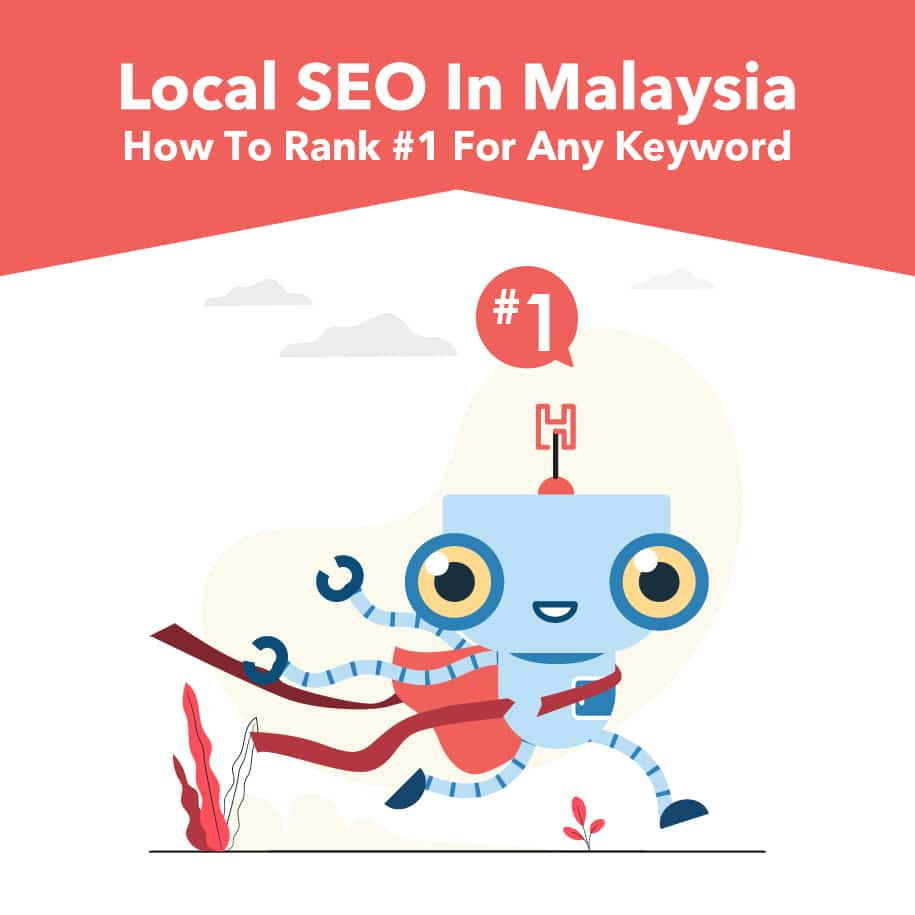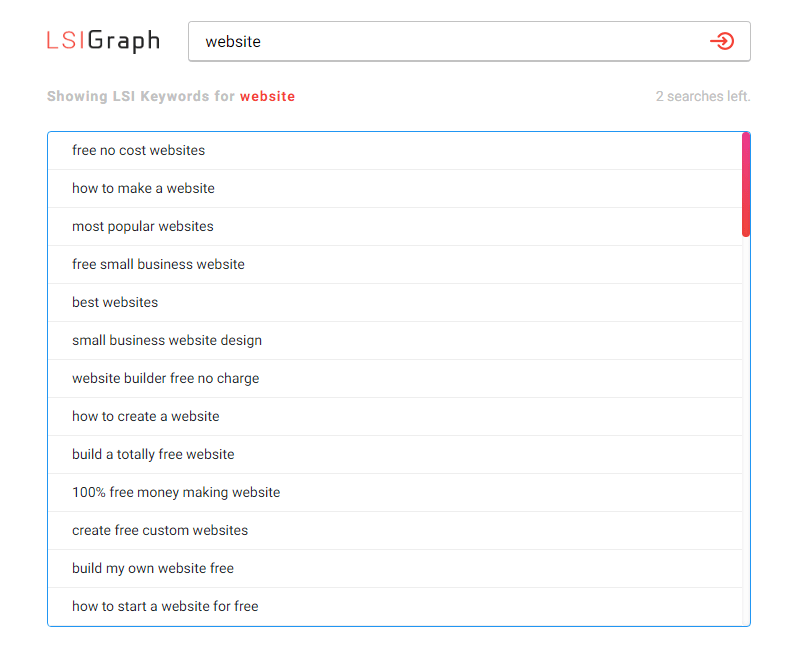
Search engine optimization (SEO) is a great option for small businesses. Organic traffic is often the largest referral source, whereas direct traffic is generated when people type your website's URL or bookmark it on their browser. If searchers cannot find your website on the first page of Google, they will still find it through the search engines. SEO is a way to get your website found in search results. This leads to more organic traffic which can lead you to more sales. Here are some tips for making your website more visible to search engines.
SEO's lifeblood is linked content
The best way to get links to your website is to create top content. Podcasts, infographics, blogs, and posts can all help you to get more links. The presence of links indicates that other websites are more likely to favor your content. Your site's value and quality will increase the more links you have. These are great ways to create and submit press releases, business directory submissions, and generate content as a guest blogger on third-party sites.
Blog posts are a great way for your website to stay current
A blog is an important tool for small businesses. It increases industry credibility and trust, which results in higher conversion rates. You can also show your personal side and still maintain the same corporate standards. By creating a blog, a small business can differentiate itself from the competition and grow demand for its products. Start blogging today!

An important part of a SEO strategy is technical audits
A technical audit is one of the most critical parts of any SEO strategy. A technical audit is a way to find problems with websites. In one case, a company split its content into seven different domains, each of which built its own SEO power. The company did not have a proper migration plan and redesigned the site. It left behind thousands of pages and hundreds upon thousands of inbound linking. What did the result look like? The website is not ranked well on Google or other search engines.
Designing a logical website structure
The best SEO strategy for small businesses is to create a logical structure for their website. You should have a home page, a services page, and individual pages describing each service. The pyramid structure of most websites is pyramid-like. The homepage is at the top. Google indexes sites with a consistent website structure, which makes it easy to avoid duplicate pages that compete for the exact same keywords. The most important pages should be indexed first to ensure they show up high in search results.
Organic traffic comes from long-tail keywords
Even though it might seem difficult to compete with giants like Amazon, Google and others, small businesses can reap the benefits of long-tail keyword searches. Long-tail keywords are search phrases that include four or more words. These keywords are more specific, and they represent a more targeted audience that is more likely convert. Long-tail keywords can be found in many places including Google Analytics, social media reporting, YouTube video statistics and Google My Business listing insight.

FAQ
What is an SEO Campaign, and what are its benefits?
A SEO campaign is a collection of activities that are designed to increase the visibility of a specific webpage or domain name on search engines such as Google, Bing and Yahoo. These activities include optimizing the title tags, meta description tags, URL structure, page content, images, and internal links.
SEO campaigns usually begin with keyword research. This is where keywords are identified that will increase organic traffic. Once keywords are identified, they should be optimized across the website from the homepage to individual pages.
How do I create an SEO Strategy?
An effective SEO strategy starts with understanding your goals and how to get there. This allows you organize your content around those goals.
Next, you need to begin working on keywords. You can gain insight into the keywords people use to search for certain words by doing keyword research. Using this information, you can then write articles around those topics.
Your target keywords should be included in your articles once you have finished writing them. You should also optimize each article by including relevant images and videos. If possible, you should also link to other related sites.
After writing all your content, you can start optimizing it!
What are the most effective tools for SEO on-page?
Video embeds as well as image alt tags, structured markup and internal linking are some of the best tools to use for on-page search engine optimization. Learn more about these topics in this article.
Statistics
- 93%of online experiences today begin on search engines. (marketinginsidergroup.com)
- 64% of marketers actively create SEO campaigns because they help hit multiple key performance indicators (KPIs), including increasing traffic, helping your site rank for relevant keywords, improving your conversion rate, and much more. (semrush.com)
- Which led to a 70.43% boost in search engine traffic compared to the old version of the post: (backlinko.com)
- Sean isn't alone… Blogger James Pearson recently axed hundreds of blog posts from his site… and his organic traffic increased by 30%: (backlinko.com)
- These guides are designed and coded 100% from scratch using WordPress. (backlinko.com)
External Links
How To
What you need to know about duplicate content and SEO
Duplicate content can be a problem for webmasters and search engine operators alike. There are two types: internal and external duplicates. Multiple pages on a site may contain identical content. Internal duplicates are when there is more than one page. External duplicates are when the page has similar information to another URL.
Internal duplication is when multiple pages contain similar text or images. Poor copywriting skills can lead to this type of duplication. Poor copywriting means that you haven't written unique content for each page. When you do this, you create internal duplicates.
External duplication refers to pages that contain similar information to other URLs. For example, if you have a product page listing all of your products and a category page listing all of those same products, you've created external duplication.
Google doesn't penalize websites if they have duplicate content. It does, however, penalize websites who try to manipulate its algorithm in order to rank higher. If you have duplicate content on your website, ensure it isn't manipulative.
Link building is one of the best ways to manipulate Google's algorithm. Link building involves creating links between your website and other websites. These links can make your website appear unnatural and could cause Google to lower its value.
Here are some ways to avoid linking manipulation
-
Avoid low quality backlinks (those which come from spammy sources).
-
Use anchor texts that are relevant for your website.
-
Create unique content on each page of your website.
-
High-quality content.
-
A good domain name is essential.
Let's not fret about duplicate content. Instead, ensure that every page on your site has unique content. This will improve your search engine rankings.